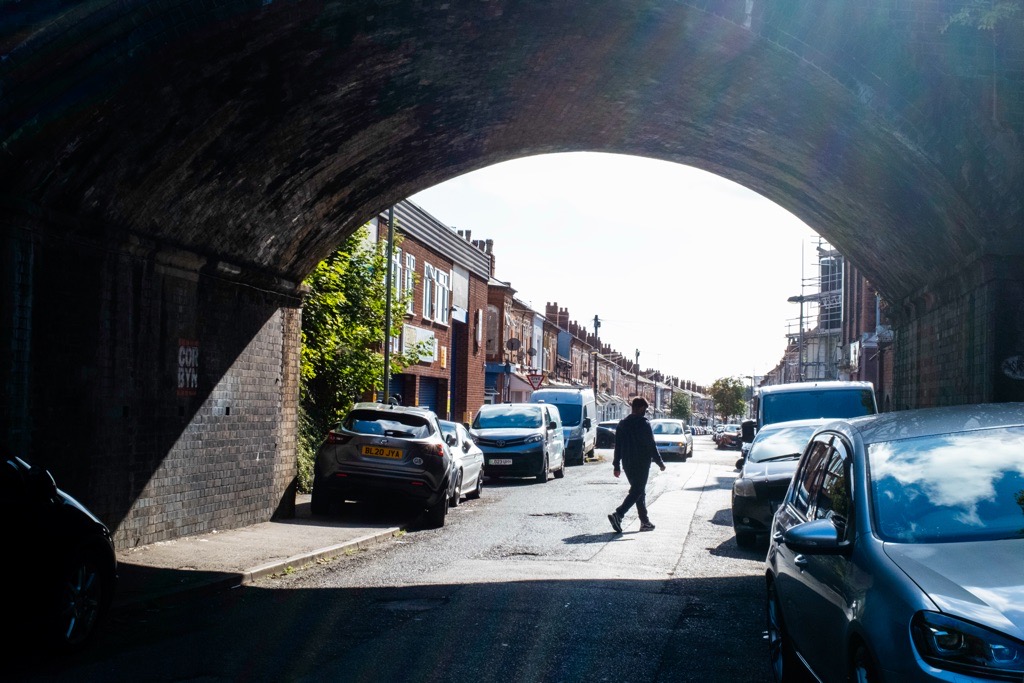Balti Triangle, the Number 50 bus, Alcester Road, Ladypool Lane, Moseley Road Baths, and the Home Secretary, Shabana Mahmood. The diversity of Balsall Heath is renowned, which provides an insight into its character. The area does not stand still, with a rich history reflecting the growth and wealth of the city. Whilst Balsall Heath was initially an affluent area, over the years it has faced many difficulties with poor housing and social deprivation. The area is now undergoing a revival, and house prices are similar to those in other parts of the city. This brings its own share of challenges, as young people strive to set foot on the housing ladder.
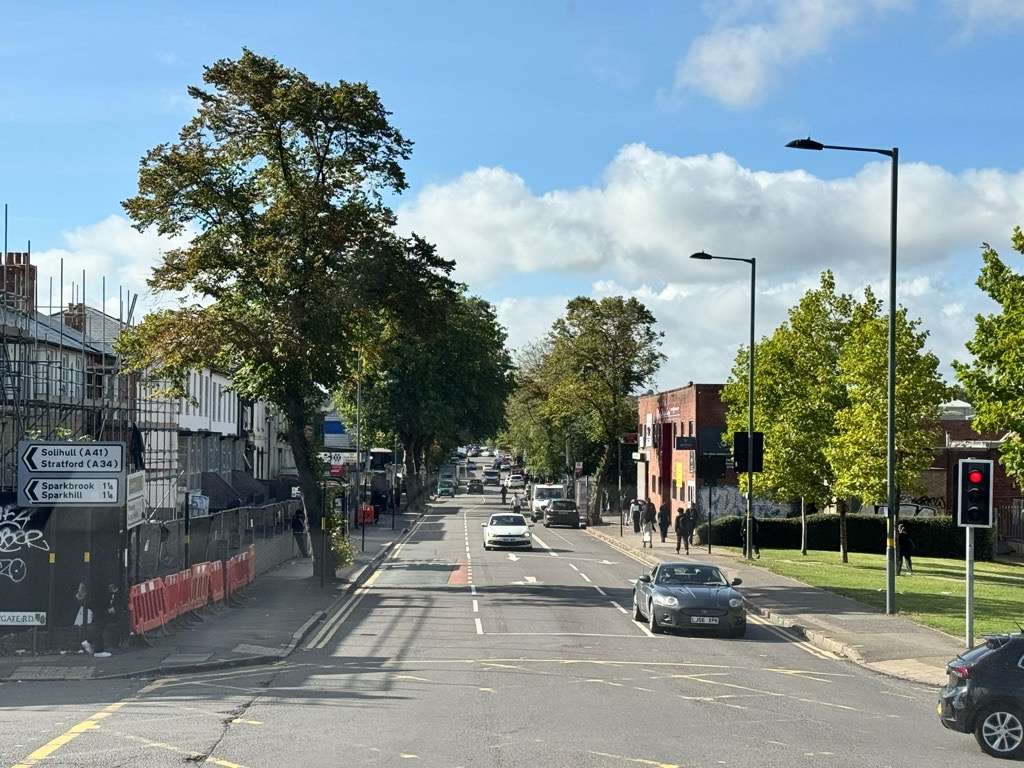
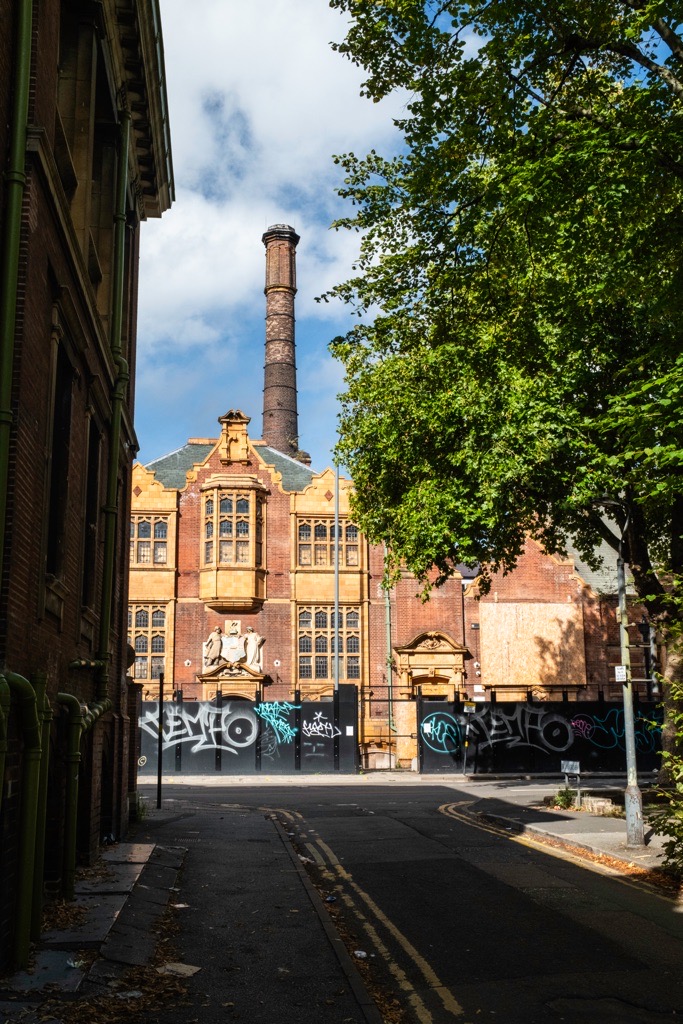
Last year, I became involved with the PRISM photographic network, who organised a photographic project around Stirchley. The Stirchley Observation Project proved to be a very successful venture where I met and interacted with a group of talented photographers. We took pictures, we discussed them, and then we exhibited our best work. Now, a year later, we are turning our attention to Balsall Heath.
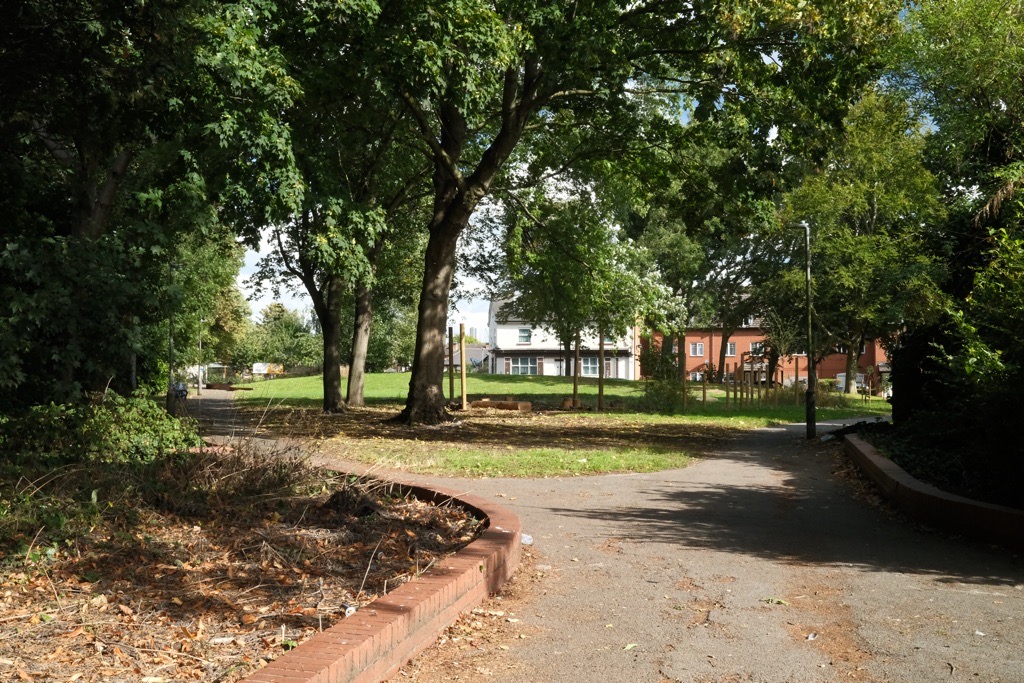
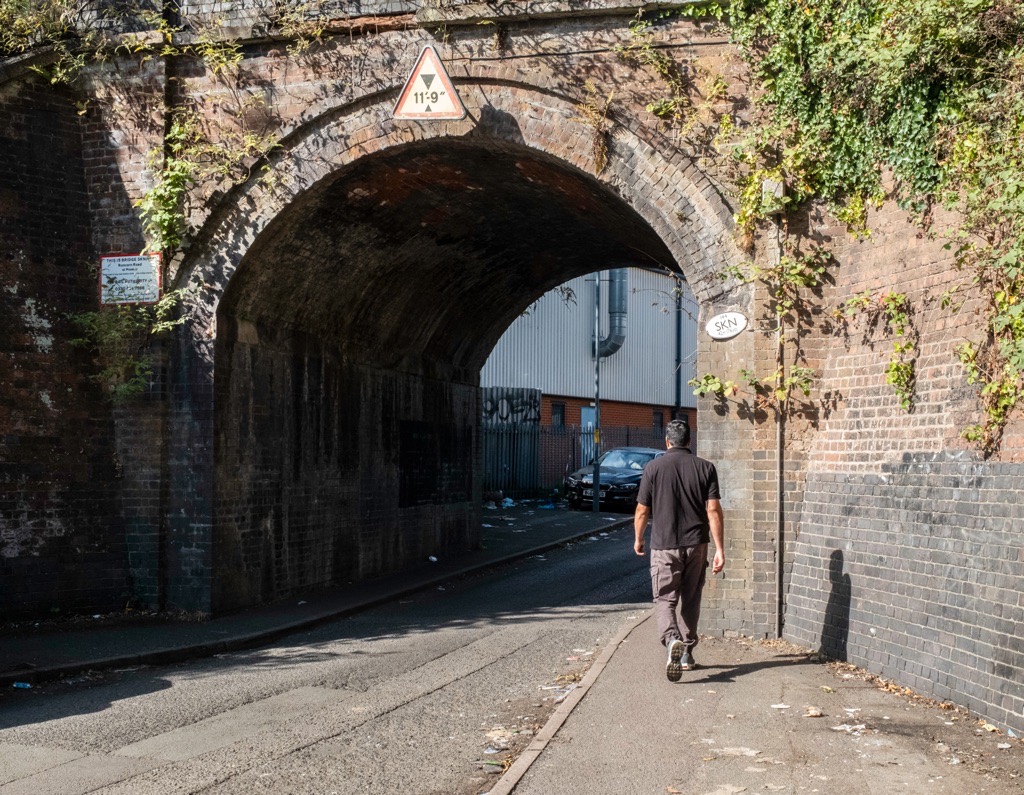
Before the course starts, I decided that I needed to have a brief walkabout the area to acquaint myself with the streets, the architecture, and the character of the neighbourhood. I have eaten many times in the Balti Triangle, and I have often driven down the Alcester Road towards Moseley. More recently, I have got to know the Old Print Works and attended photographic workshops there.
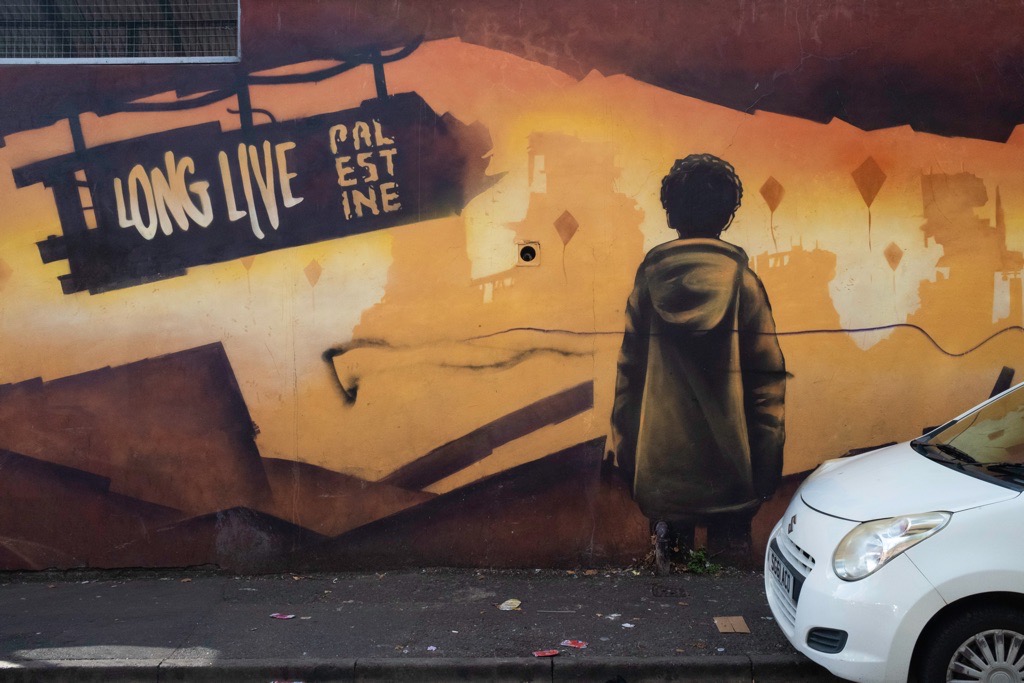
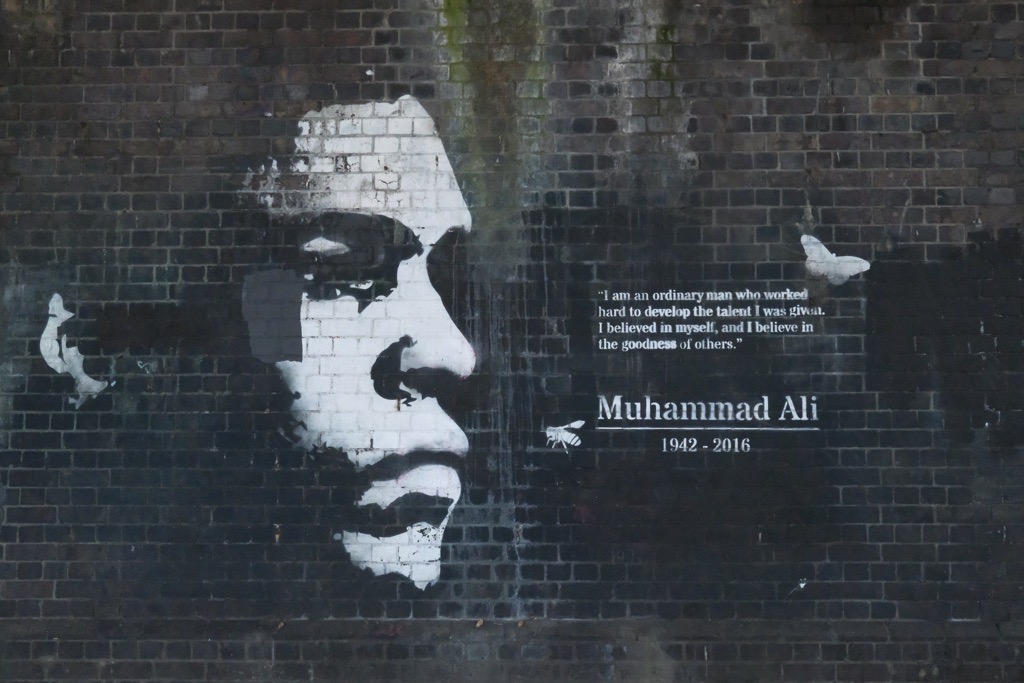
Taking the Number 50 bus from the town centre, I got off near the Castle and Falcon pub. I love cityscapes, and my eye was drawn to the railway arches that connect the west and east wards of Balsall Heath. During the day, the area is busy as traffic moves along the Alcester Road. Students travel to and from Joseph Chamberlain Sixth Form College, and the coffee shops are lively. Walk along the side streets, and you immediately notice how quiet it becomes. There is still activity in these secluded area, and the nature of the urban landscape throws up countless photographic views.
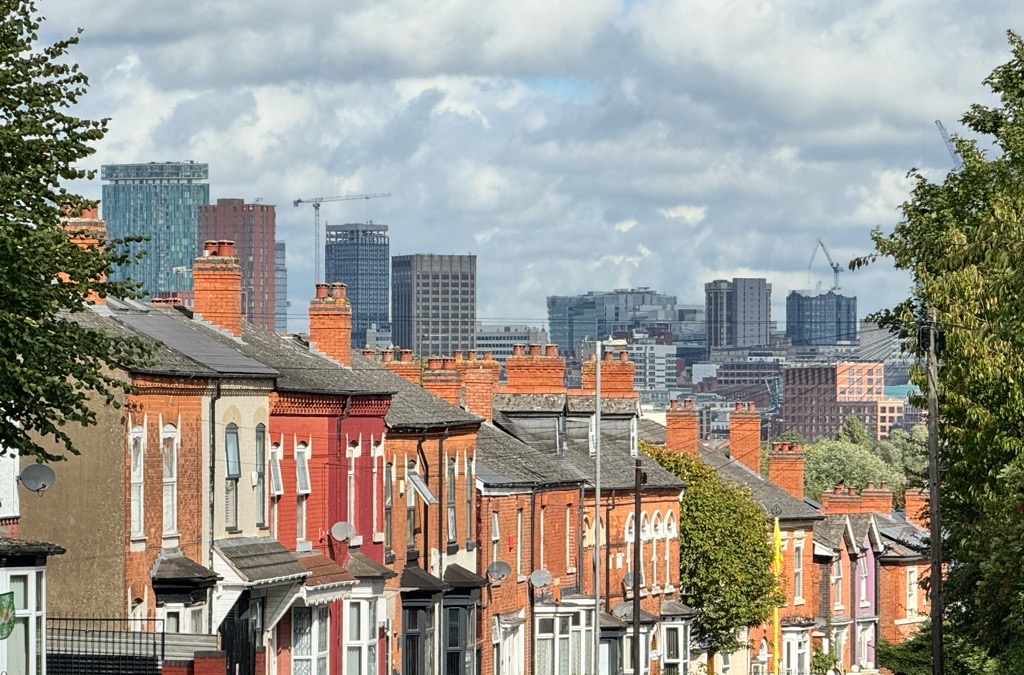



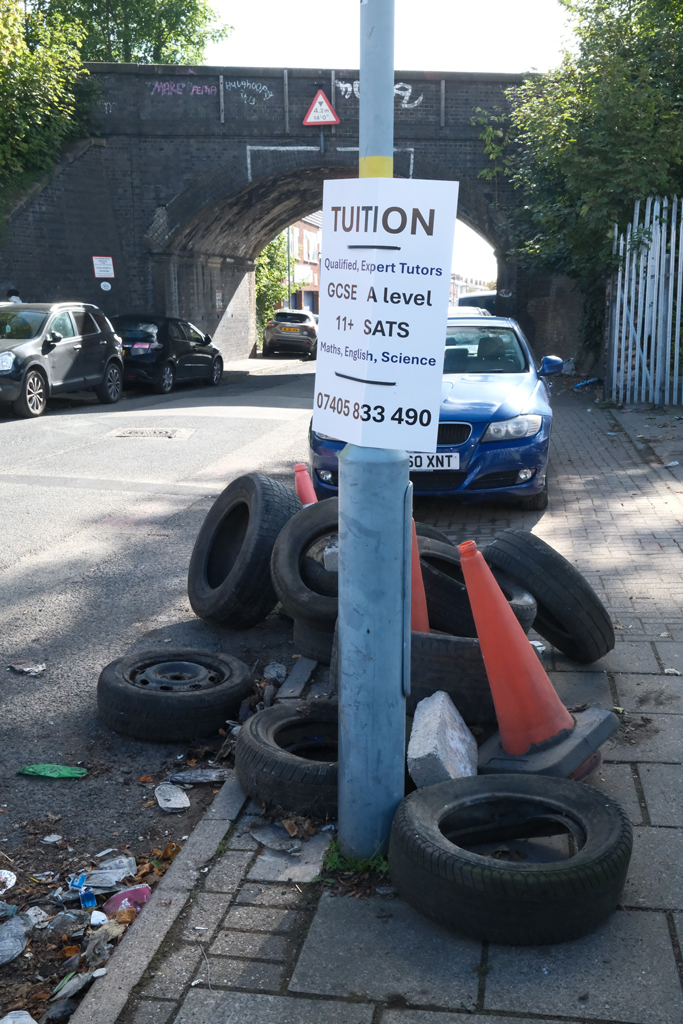
These photographs are a small selection of my observations from my walk around Balsall Heath. I am looking forward to the forthcoming project, and you can follow my adventures on my blog.



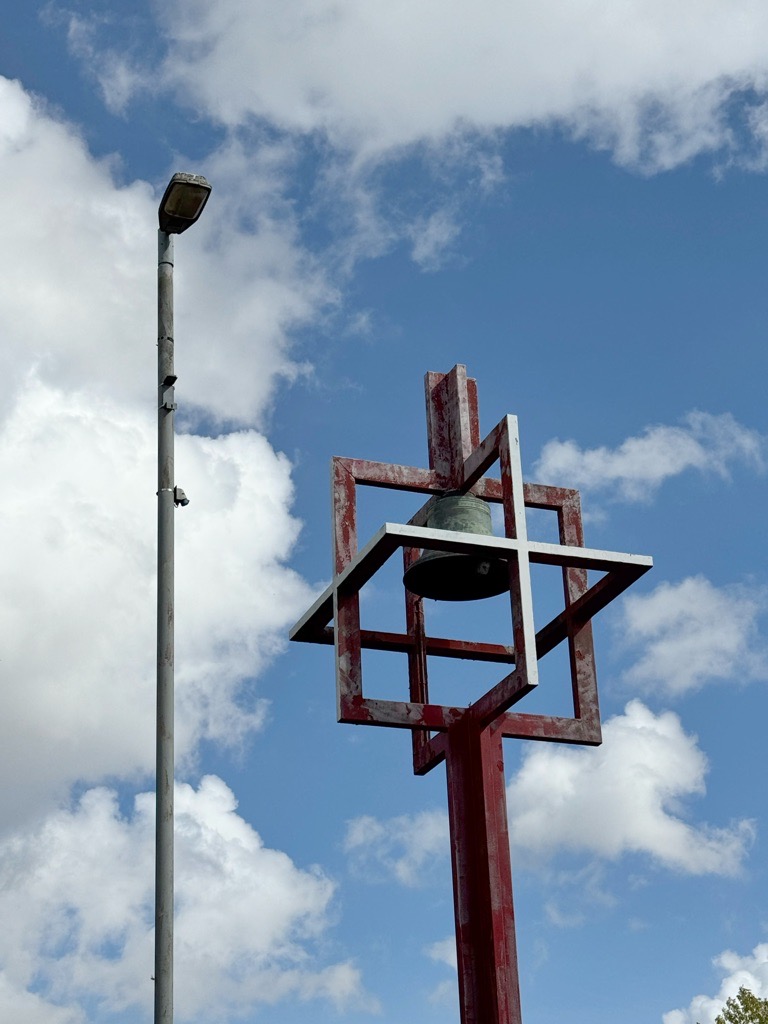
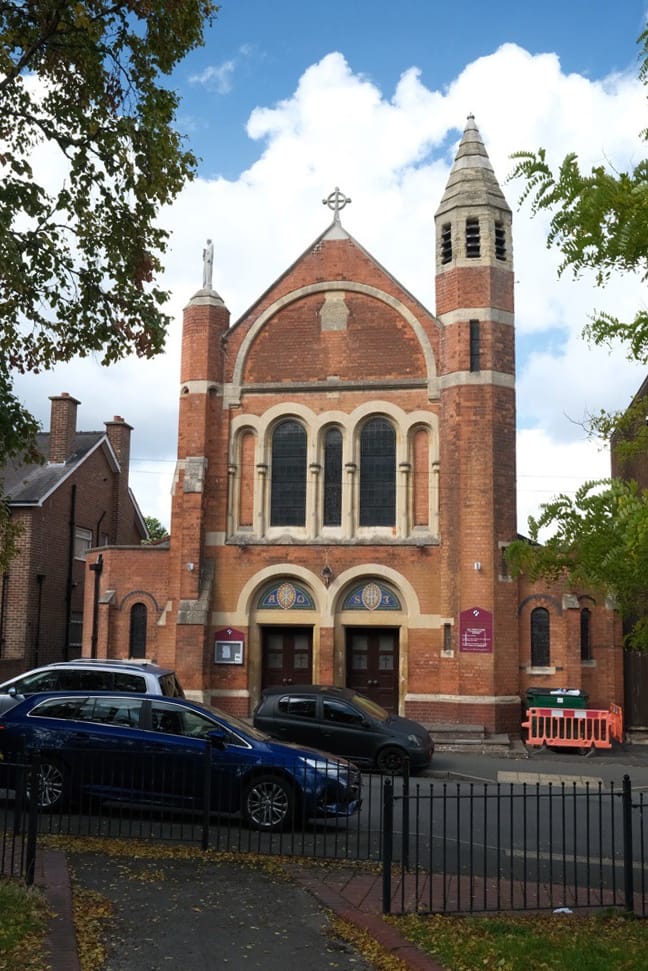
.

If you wish to learn more about our Stirchley Observation project, I wrote a short blog at the beginning and there will be more material being published from our work. I also provide an account of one of the courses on cyanotype that we undertook during the Stirchley course.

